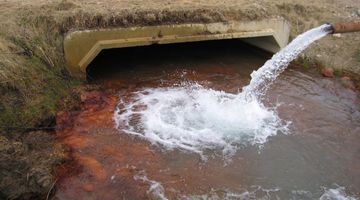In this video, educator Angela Schipper demonstrates how to build an aquifer model and simulate a non-point source contamination of the groundwater. This is an excellent activity that needs only a few easy to organise resources.
Non-point source contamination means that pollutants enter the ground in an area that is not well defined. Sources of pollutants can include surface run-off of water or include pesticides that have been used for farming purposes and are carried with the water entering the ground to eventually enter streams and lakes.
Points of interest: Teachers may want to discuss with their students the effects of non-point source pollution.
Nature of science
Scientists make use of models to test predictions. Models allow scientists to test a range of scenarios without potentially harming the environment.
Transcript
NARRATOR
Non-point sources of pollution do not enter groundwater at any one particular spot. Fertilisers, pesticides and acid precipitation are examples. Here are the materials we need for this non-point source pollution activity. To demonstrate non-point source pollution, set up the aquifer model but use sand instead of soil. Sand does not cloud the water like soil does. We will use coloured sugar or jelly crystals to represent the substance we are spreading on the ground. For example, we might want a nice lawn, so we will spread some fertiliser onto the section – sprinkle a few spoonfuls of sugar onto the sand. Then it rains or we water the lawn. The rain dissolves the substance and takes it down through the soil into the aquifer. If the rain is heavy enough, some of the substance runs off into the surface water or lake. Either way, the contaminant ends up in our ground and surface water. This is a very simple model. In real life, it is rare that a contaminant would reach ground or surface water so easily, provided the chemicals were applied in a reasonable manner. Also, it rarely happens so quickly. In some cases, it takes years before the contaminated groundwater reaches the surface.




